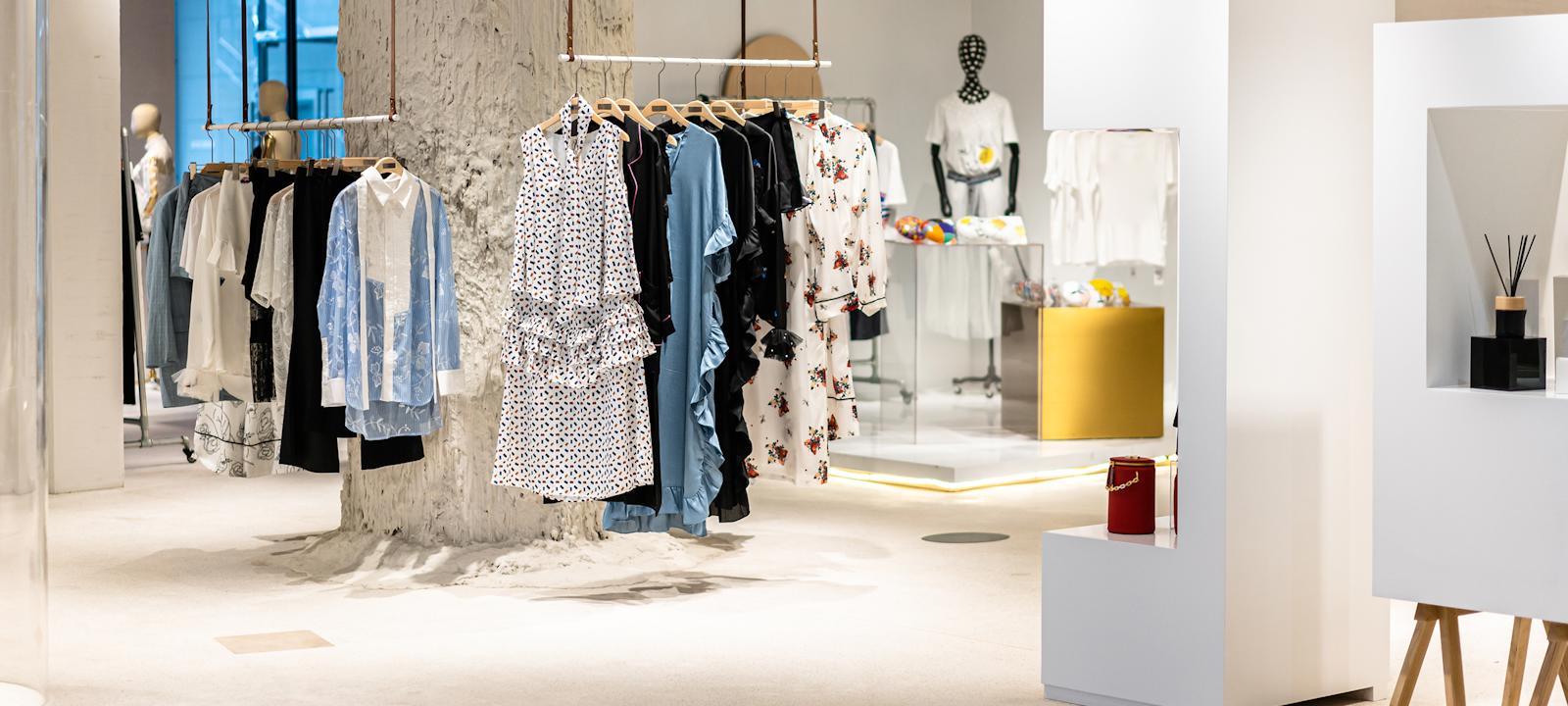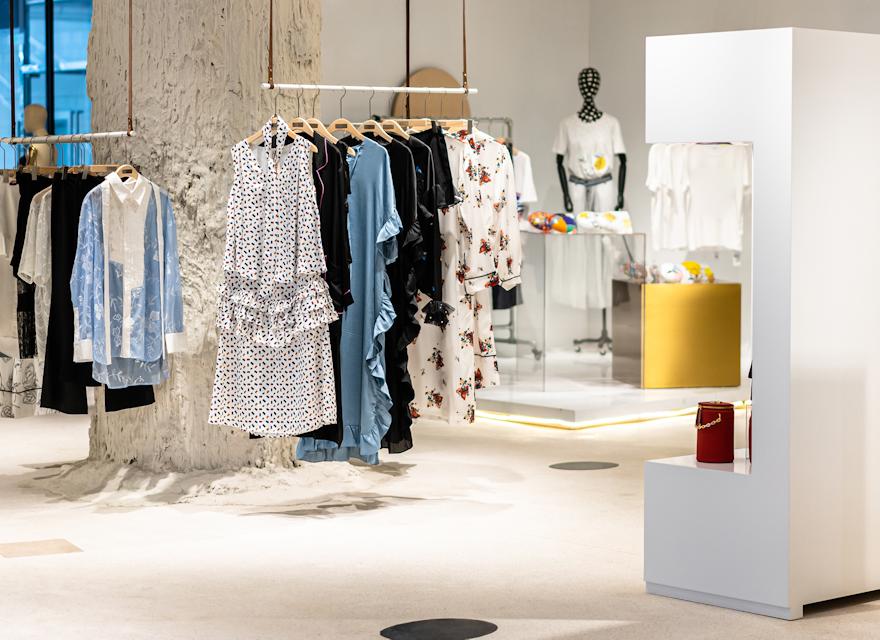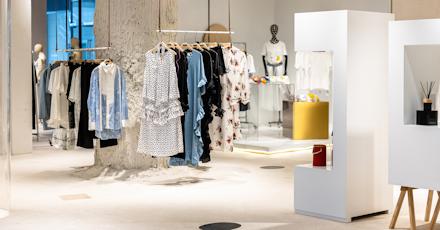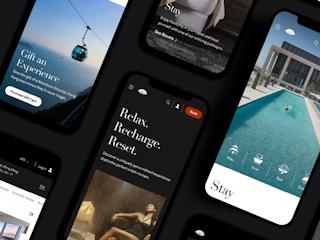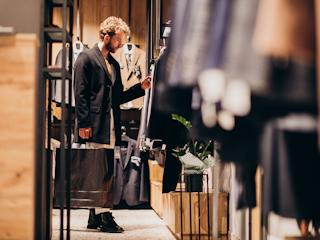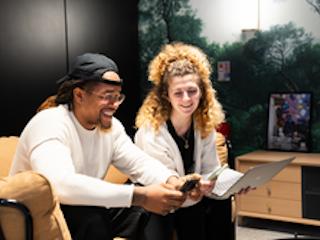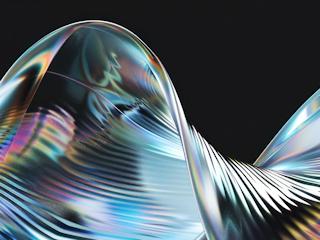Luxury fatigue is a contemporary phenomenon in which traditional luxury consumers experience growing weariness with the omnipresence of prestige brands.
Paradoxically, while the luxury market continues to grow — reaching nearly $1.5 trillion in 2024 — the enthusiasm and desire that once characterized this sector are eroding. This saturation can be explained by three major factors:
-
The hyper-availability of luxury products
-
The democratization of aesthetic codes via social media
-
The emergence of “dupes,” or products that imitate the aesthetics of major brands at a lower cost
In this context of hyper-choice, how can luxury brands reinvent the notions of rarity and authenticity to revive the desirability of their products?
Dilution of exclusivity
The economic model of major luxury brands has gradually shifted, favoring volume growth over exclusivity. Flagship stores in every major city, accessible product lines and omnichannel strategies have made these brands ubiquitous.
This ubiquity contradicts the very essence of luxury: relative inaccessibility. Gucci perfectly illustrates this evolution: from 76 stores in the 1990s to more than 520 today, the brand has multiplied its points of contact until its iconic Marmont bag has become one of the most widespread accessories in global cities.
Aesthetic standardization
The standardization of visual codes between brands creates a disappointing homogeneity. Discerning consumers now recognize the cross-cutting trends that run through collections, diminishing the perception of uniqueness.
Social media amplify this phenomenon by accelerating the spread and commoditization of aesthetic codes. Between 2018 and 2021, the wave of oversized logos simultaneously swept Gucci, Balenciaga and Fendi, creating a persistent déjà vu effect across collections.
Dupes
The rise of “dupes” — products that faithfully reproduce the aesthetics of major brands — raises a fundamental question: If the appearance is the same, why pay the price of luxury?
This phenomenon reveals how brands have overexploited the visual aspect at the expense of other dimensions of value. In 2022, the hashtag #dupe generated more than 2 billion views on TikTok, propelling brands such as Mango and Zara, which are able to reproduce the aesthetic of a Bottega Veneta bag for less than a tenth of its price, into the spotlight.
The question now is what remedies can be considered to combat luxury fatigue.
Programmed and transparent scarcity
Unlike opaque strategies of artificial limitation, cutting-edge brands are embracing programmed scarcity. They clearly communicate the limited number of pieces produced and their availability schedule.
This transparency creates a new form of trust with consumers. When Jacquemus launched its Le Bambino bag in a limited edition of 2,000 numbered pieces, the waiting list exceeded 25,000 requests.
Deep personalization
Beyond simple monograms, deep personalization involves genuine co-creation between the brand and the customer.
Advanced technologies make it possible to create pieces that bear the unique imprint of their owner. At Berluti, each customer can develop their own shade of patina, while Hermès offers a Horizons service for the design of unique pieces, such as custom-made Champagne cases for yachts or personalized saddles.
Temporary scarcity and ephemeral experiences
Value can lie in the experience rather than the object.
Exclusive events, temporary art installations and evolving collections create a form of temporal rarity that cannot be replicated. The emphasis on experience rather than ownership responds to the post-materialistic aspirations of the younger generations.
Chanel brilliantly demonstrated this with its Le Château des Dames capsule collection, presented during a 48-hour immersive exhibition to 200 carefully selected guests.
A new definition of authenticity
Brands must shift from formal authenticity to substantial authenticity. The latter is based on attributes that are difficult to reproduce: complex craftsmanship, in-house developed materials and patented technical innovations.
Loro Piana embodies this approach with its Baby Cashmere, a fiber with a fineness of 13.5 microns, obtained only from the first shearing of baby goats, with global production limited to 2,000 kg per year.
Radical traceability
Blockchains and other technologies now make it possible to document the entire life cycle of a product.
This radical traceability meets the growing demand for ethics and transparency. The Aura Blockchain Consortium initiative by LVMH and Prada makes it possible to track every stage of a product’s life, from the origin of the materials to its manufacture, creating a unique, emotional connection with each piece.
Narrative authenticity
In a world saturated with images, storytelling becomes a differentiator. A brand’s true story, values and philosophy constitute a form of authenticity that cannot be imitated.
Brunello Cucinelli perfectly illustrates this approach: By donating 20% of its profits to its foundation and keeping its production in the medieval village of Solomeo, which it has restored, the company embodies its philosophy of entrepreneurial humanism.
Cultivating desirability through valuable innovation
Exceptional performance and functional innovation are an area of differentiation that is under-exploited by contemporary luxury. A watch with unique features, a garment with unprecedented technical properties or an accessory incorporating proprietary technologies create inimitable value for the user.
Zegna’s Techmerino technology, which gives its suits exceptional thermoregulatory properties, illustrates this approach to functional innovation.
Authentic community engagement
The exclusive communities built around brands can generate significant relational value. These social ecosystems must go beyond simple transactions to create deep connections between enthusiasts.
The Patek Philippe Club, for example, organizes private meetings with master watchmakers and exclusive masterclasses, creating a passionate community that transcends the simple ownership of a product.
Radical sustainability
Beyond mere compliance with environmental standards, radical sustainability involves a fundamental redesign of products to ensure they last for generations. This approach includes lifetime repair programs, modular updates and timeless aesthetics.
Vacheron Constantin demonstrates this commitment with its Les Collectionneurs department, which restores and recertifies its vintage watches, transforming each purchase into a transgenerational investment.
From fatigue to true desirability
Luxury fatigue represents a welcome opportunity to reset for an industry that had strayed from its fundamentals. Brands that successfully navigate this transition will need to balance several paradoxical dimensions: being visible without being omnipresent, exclusive without being inaccessible, traditional without being stuck in the past.
True desirability in the age of hyperchoice will come from the ability to create experiences and products that resist superficial replication. By realigning their value proposition with substantive rather than formal attributes, luxury brands will be able to rebuild a deeper and more lasting desirability.
Faced with deception and trivialization, the answer lies neither in a race for ostentation nor in a nostalgic retreat, but in a courageous reinvention that honors the essence of luxury: creating the extraordinary in an ordinary world.
This column was first published in Luxus+. To learn how Valtech supports our luxury clients reignite desirability through personalization and elevated experiences, please visit our Luxury vertical page.
